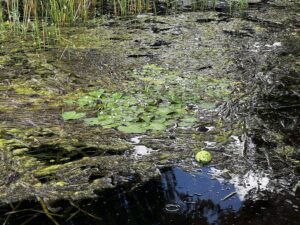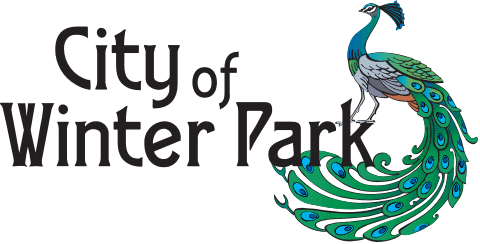
Fertilizers are used to help our lawns and shrubs grow, but the very compounds that help our landscapes, can cause excessive plant and algae growth in our lakes. Florida soils hold phosphorus very well, and rarely need any to be added. As of August 2020, the City of Winter Park has adopted the Orange County Fertilizer Ordinance – located in the city’s ordinance section 58-368. The ordinance restricts applications during certain times of the year, unless the applicator has taken an online training course. Residents can help protect the area’s lakes in the following ways.
Preventing water pollution starts at home
- From June 1 to September 30, choose zero nitrogen and zero phosphorus.
- Limit each application to 1 pound total nitrogen per 1,000 square feet (maximum 3 pounds per year).
- Do not fertilize 24 hours before an expected storm or heavy rain.
- When using a broadcast spreader it must have a spray/deflector shields to keep fertilizers off of paved surfaces.
- Keep the curb and gutter area of the street in front of your house clean. The city has street sweepers, but they can’t hit every street every day.
- From October 1 to May 31, if using nitrogen fertilizer, it must be at least 65% slow release.
- Choose phosphorous-free fertilizer. Florida soils hold phosphorous very well, and rarely need any to be added.
- Clean up any spills immediately.
- Do not deposit fertilizer or grass clippings on streets, driveways or in storm drains.
- Sweep leaves, lawn clippings and other debris off of sidewalks and driveways.
- Keep fertilizer at least 25 feet from natural bodies of water.

During rest of the year, lawn mowing, and vegetation trimming activities contribute to the load of organic material. When clippings are left on paved surfaces, they will, like the oak leaves, wind up in our stormwater system, and eventually in our lakes. This excess of organic material releases large amounts of phosphorus very quickly, fueling unwanted algae growth.
Please access additional resources below:
- City of Winter Park Fertilizer Ordinance 3180-20
- Orange County Fertilizer Ordinance 2017-14
- Florida Yards Handbook
- Nine Principles of Florida-Friendly Landscaping
- Orange County Fertilizer Updates
- Fertilize responsibly – protect our springs, lakes & rivers

